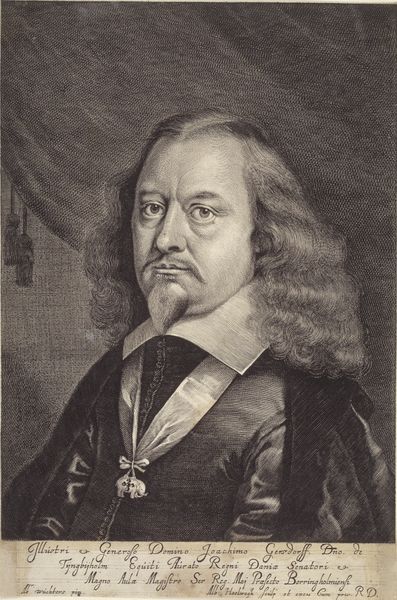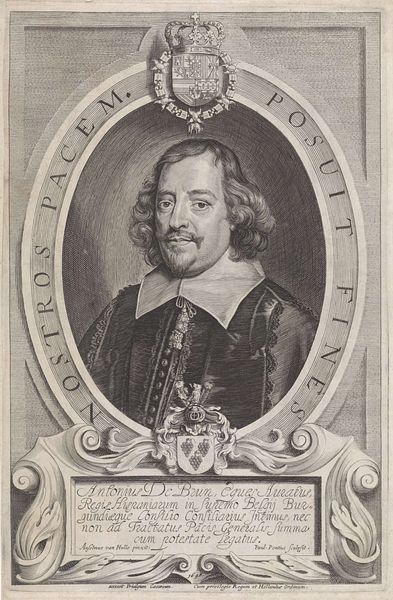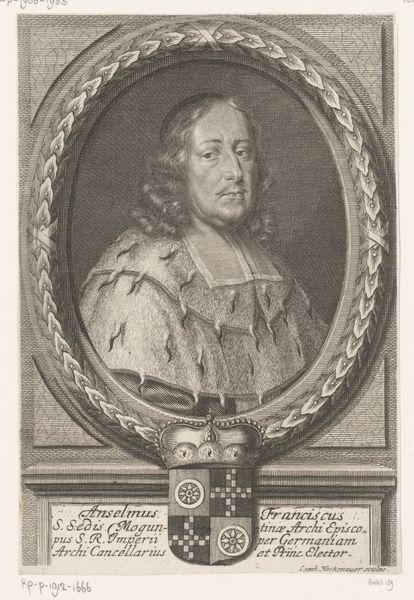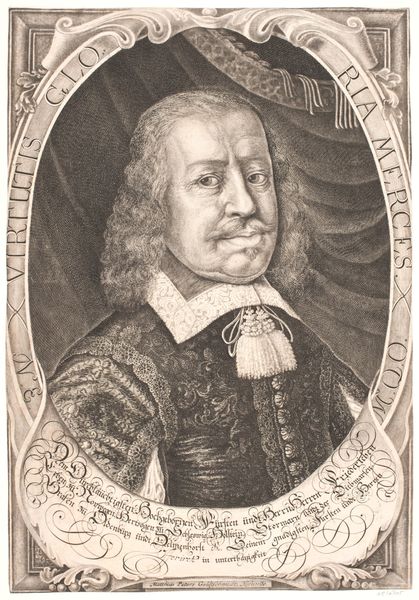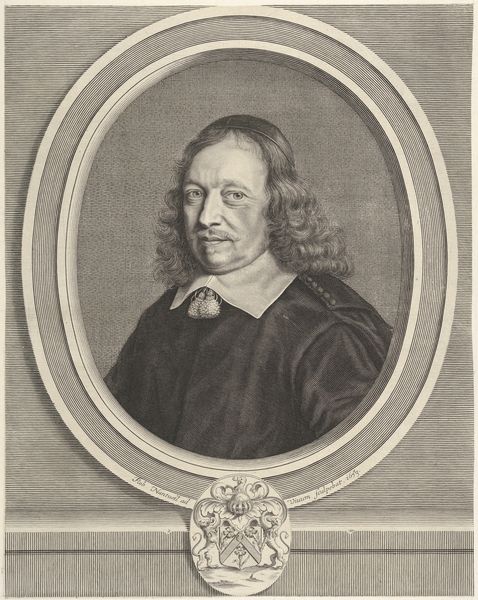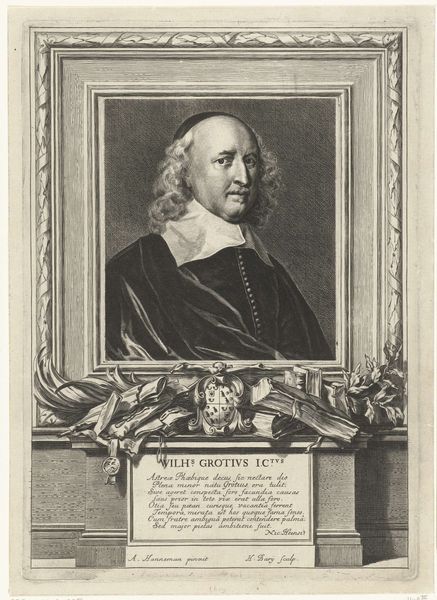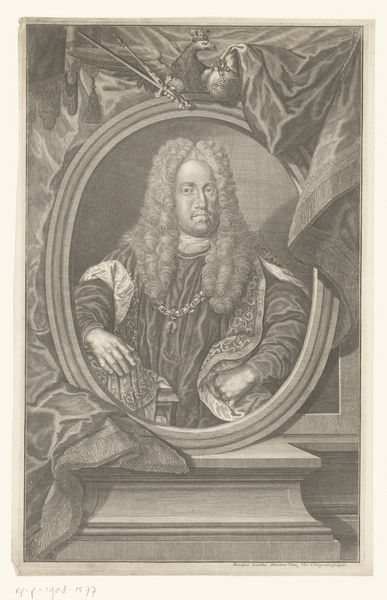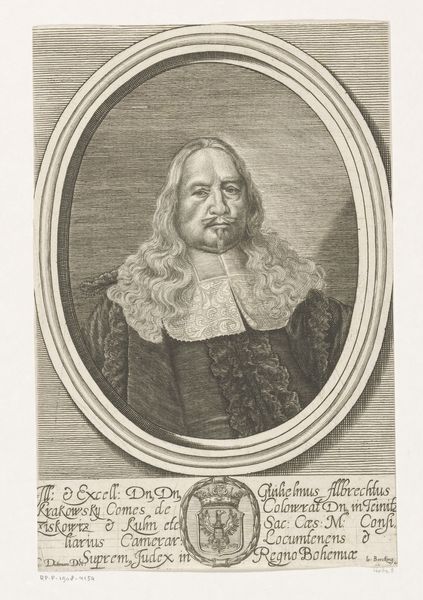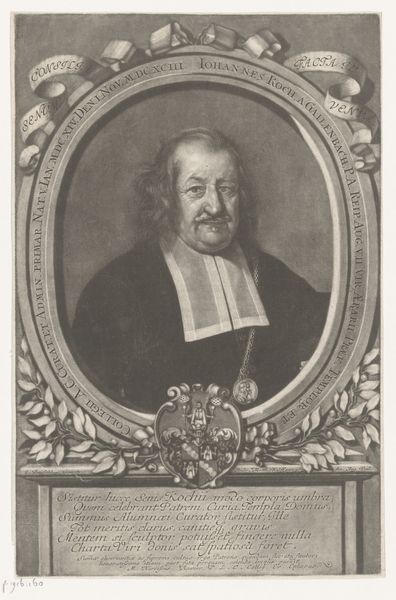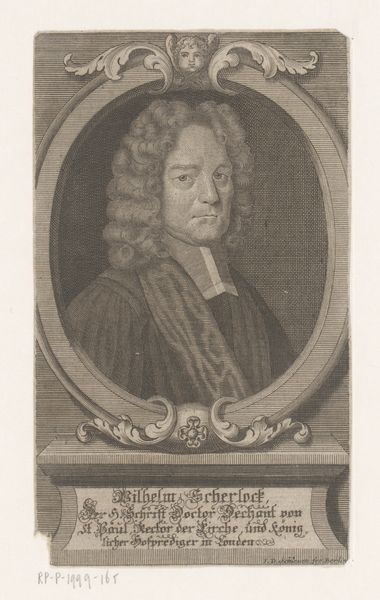
print, engraving
#
portrait
#
baroque
# print
#
portrait reference
#
engraving
Dimensions: 325 mm (height) x 212 mm (width) (plademaal)
Editor: This is Albert Haelwegh's "Joachim Gersdorff," an engraving from sometime between 1655 and 1659. The detail is really striking, especially considering it's a print. I’m curious about the textures he achieved with what seems like very fine lines. What strikes you about this work? Curator: Let's consider the process, then. Haelwegh, using engraving, a technique demanding meticulous labor, translates power into a commodity. Think about the social implications here. The subject, a man of evident wealth, commissions this portrait, but the artwork's value isn't solely aesthetic; it's tied to the skill and labor embedded within the engraving. Notice how the precise, repetitive action of the burin on the metal plate echoes the ordered, hierarchical society it depicts. Editor: So, you’re saying the means of production itself reinforces the social structure? Curator: Precisely! Look at the fine details of the clothing, achieved through intense labor. This is not simply a depiction of a man, but a statement about the value placed on skilled craftsmanship, commissioned to broadcast status. Does understanding the labor involved shift how you perceive the image? Editor: It definitely does. I was initially drawn to the visual aspects, the chiaroscuro and details. But understanding the sheer effort… it gives a new appreciation for the engraver's role in constructing and disseminating power. Curator: Indeed. And it reminds us that art isn't born in a vacuum. The very act of creating and circulating an image like this contributes to the social fabric.
Comments
No comments
Be the first to comment and join the conversation on the ultimate creative platform.



